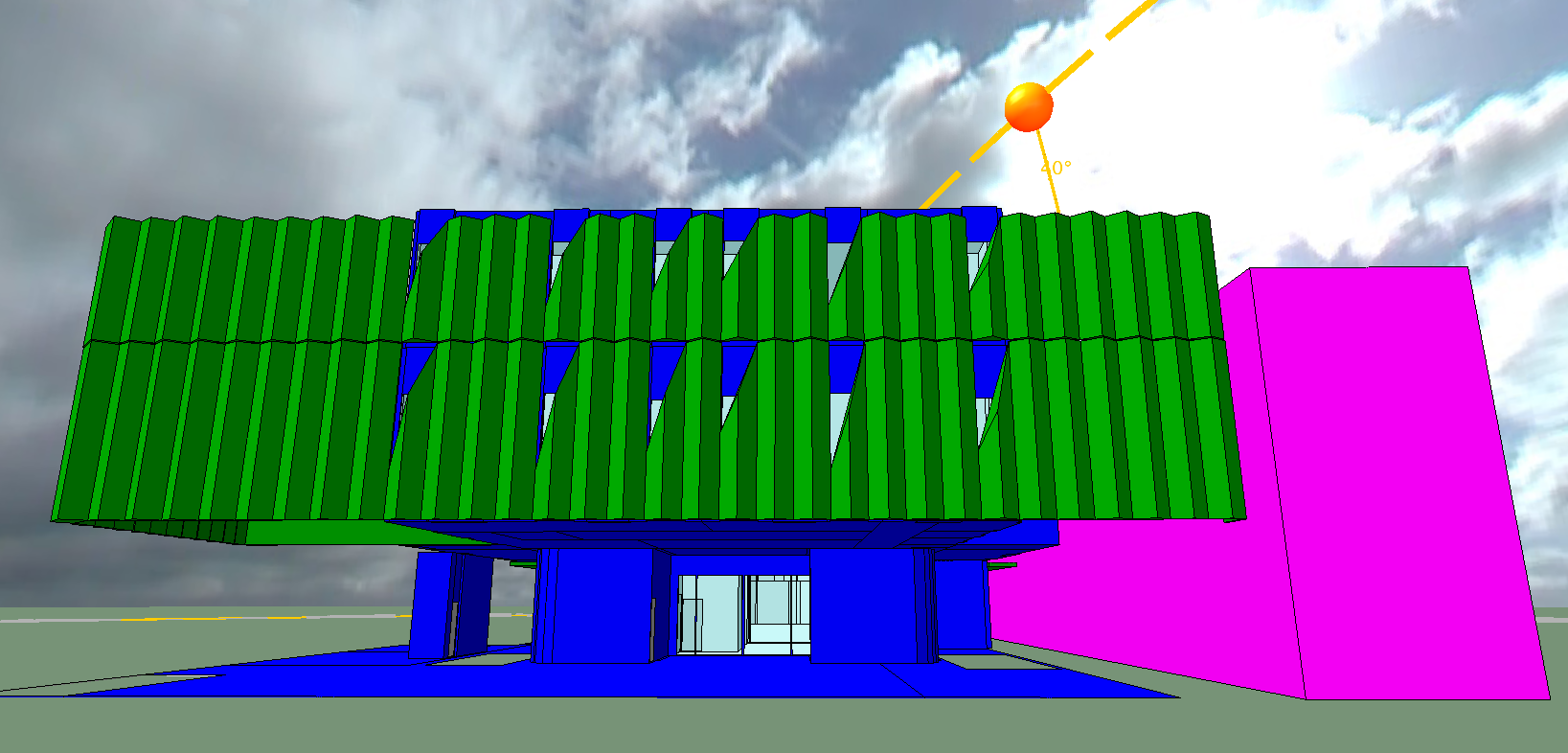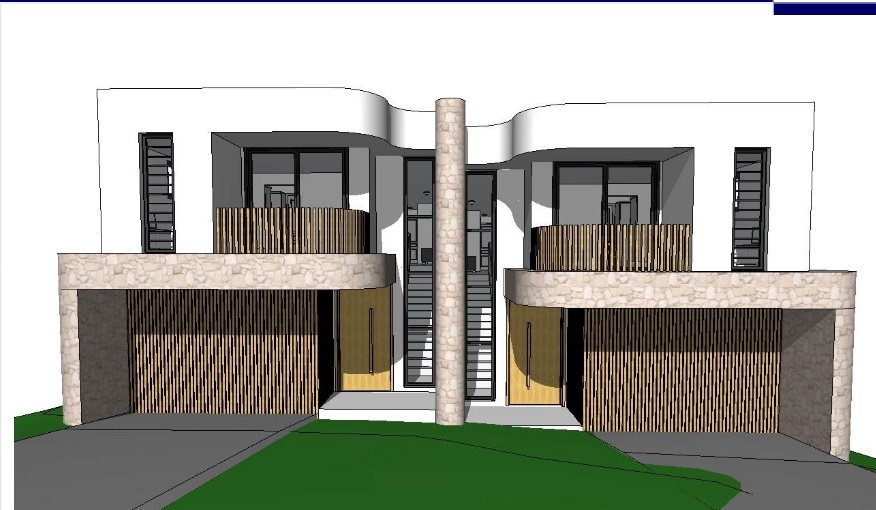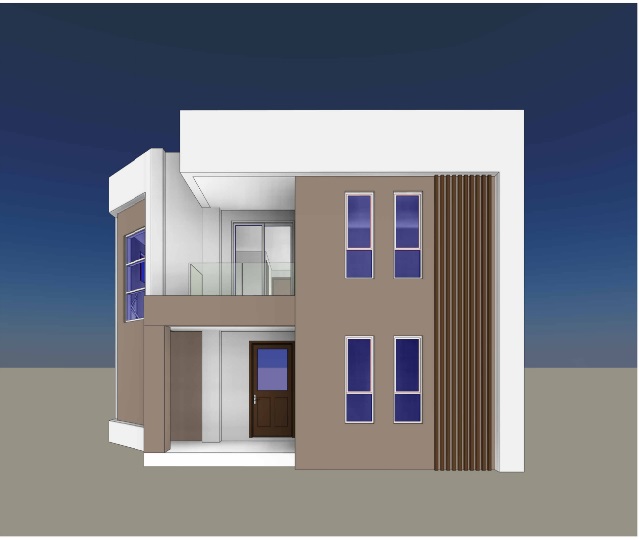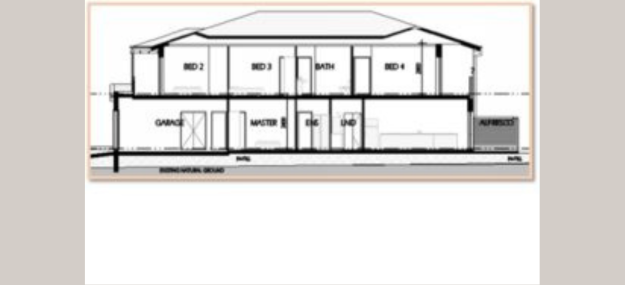When do you need J1V3 (previously known as JV3)
- by Akhtar Vaseem
When do you need J1V3 (previously known as JV3)
The National Construction Code (NCC) 2022 introduces significant updates to Section J, focusing on energy efficiency requirements for Class 2 to 9 buildings. These changes are crucial for architects aiming to design sustainable and compliant structures. In this blog I will highlight the key aspects of Section J and discuss when an alternative J1V3 solution might be necessary.
Understanding Section J
Section J of the NCC outlines the minimum energy efficiency standards for building components and services. The primary goal is to reduce greenhouse gas emissions and enhance the overall energy performance of buildings. The section covers various elements, including:
- Building Fabric: Insulation requirements for roofs, walls, and floors to minimize heat transfer.
- Glazing: Specifications for windows, focusing on thermal performance and solar heat gain.
- Building Sealing: Measures to prevent air leakage through openings.
- Air Conditioning and Ventilation: Efficiency standards for HVAC systems.
- Lighting: Requirements for energy-efficient lighting systems.
- Hot Water Services: Standards for energy-efficient water heating systems.
Deemed-to-Satisfy (DTS) Provisions vs. Performance Solutions
The NCC provides two primary pathways for compliance:
- Deemed-to-Satisfy (DTS) Provisions: Prescriptive requirements that, if met, ensure compliance.
- Performance Solutions: Alternative methods that demonstrate compliance through evidence-based approaches, offering greater design flexibility.
When to Consider an Alternative J1V3 Solution
The J1V3 Verification Method is a performance-based solution within Section J, allowing for alternative compliance pathways when DTS provisions are impractical or restrictive. Architects might consider a J1V3 solution in scenarios such as:
- Design Flexibility: When innovative designs or materials don't align with DTS specifications.
- Glazing Performance: To achieve desired aesthetics with extensive glazing without compromising energy efficiency.
- Building Usage Variations: For buildings with unique operational profiles not adequately addressed by DTS.
Implementing a J1V3 solution involves comprehensive energy modeling to demonstrate that the proposed design's energy consumption is equal to or less than a reference building complying with DTS provisions. This approach often requires collaboration with energy consultants and may involve more detailed documentation.
Key Considerations for Architects
- Early Planning: Incorporate energy efficiency considerations at the initial design stages to identify potential challenges with DTS compliance.
- Collaboration: Work closely with energy assessors and consultants to develop effective performance solutions.
- Documentation: Maintain thorough records of design decisions, modeling data, and compliance reports to streamline the approval process.
Staying informed about the latest NCC updates and understanding the available compliance pathways, including the J1V3 Verification Method, empowers architects to design energy-efficient, compliant, and innovative buildings.







